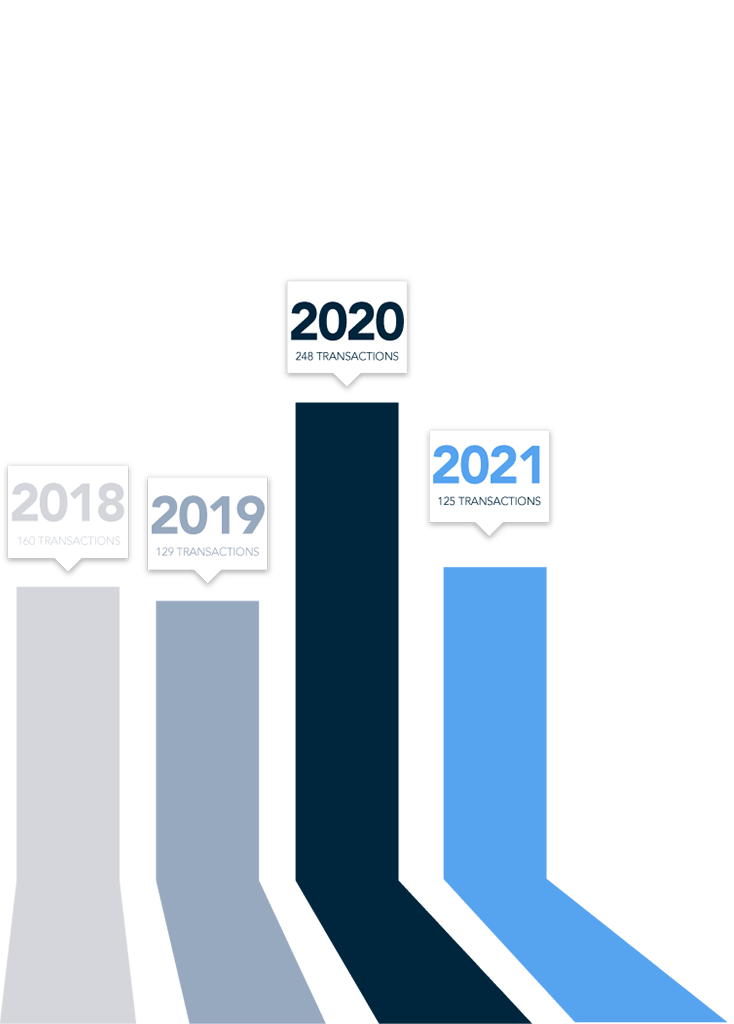How much is your home worth?
- Instant property valuation
- Expert advice
- Sell for more
Like you've never seen it before
The homes in Lake Tahoe are as varied as the communities in which they are found. Use our website to explore the neighborhoods of Incline Village and Crystal Bay, or schedule a tour with one of our local agents.
The homes in Lake Tahoe are as varied as the communities in which they are found. Use our website to explore the neighborhoods of Incline Village and Crystal Bay, or schedule a tour with one of our local agents.

Learn about local amenities, year-round attractions, homeowner benefits, and Nevada state tax discounts for buyers and sellers.
Download the digital magazine or visit the Lakeshore Realty office for a print magazine.
Enter your details to see how much your home is worth.
*Authentication failed. Please enter your details below to get your free valuation.
Schedule a free consultation with a top local agent who can help you estimate and understand your home's value.
We need more information to provide an accurate estimate for this address. Local expert will reach out shortly or you can schedule a consultation now.
Nobody knows Lake Tahoe as well as the agents at Lakeshore Realty. We have the local expertise and the tools to help you find your dream home. Our agents are experts at negotiations and highly trained on Nevada state real estate contracts.
We sell homes faster and for higher prices than other real estate companies. Our marketing is equally high-end and high-tech. Let us help you price your home; prepare it for sale; showcase your property in stunning advertisements; and bring you top quality offers.
835 Lakeshore Blvd, Incline Village, NV 89451
Located on the prestigious Lakeshore Boulevard, this waterfront property includes all the luxury amenities one would expect from lakefront living. Click play and tour this home with us!

#1 independent brokerage
#1 Overall Brokerage
#2 overall brokerage
Since 1994, our reputation has grown to represent a trustworthy, transparent and independent company providing an exceptional level of customer service.